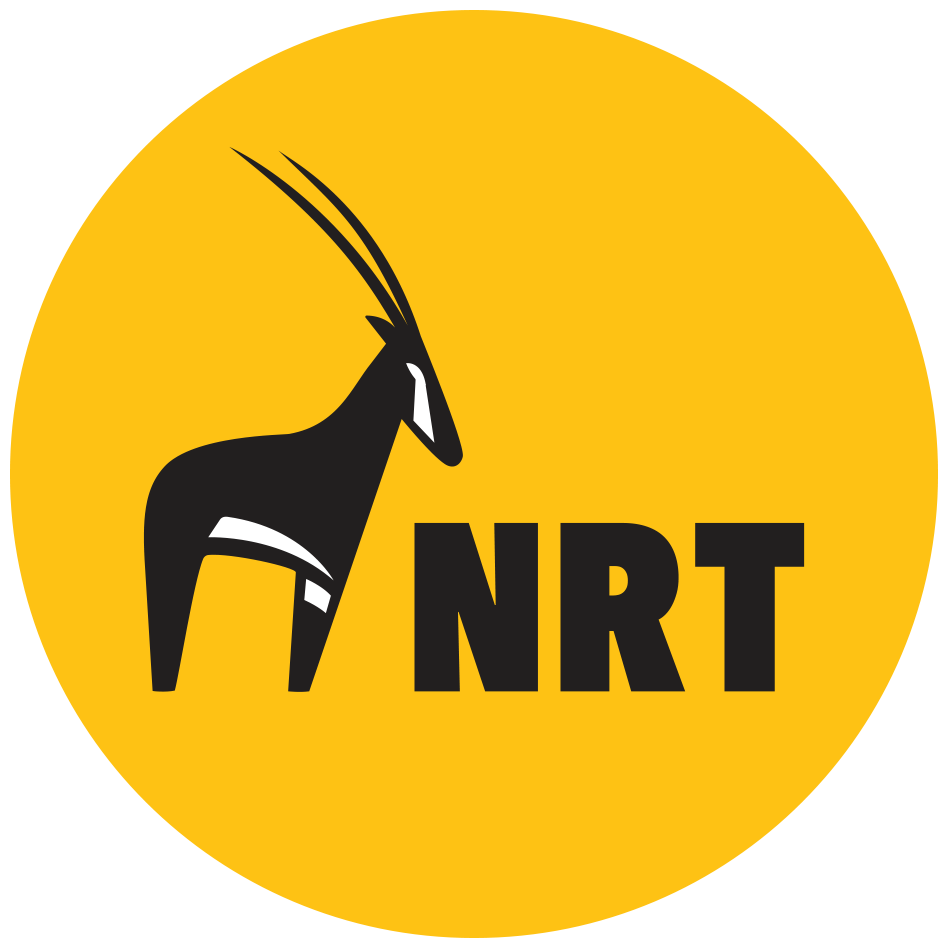Response to an Editorial Column Published in the Daily Nation- "Stop conservancies in north to protect community lands there" by Kaltum Guyo
Conservancies are Protecting Community Land
By Tom Lalampaa
The community run conservancies of northern Kenya, particularly those partnered with the Northern Rangelands Trust (NRT) have, over the past decade, brought economic empowerment to local communities, increased land rights, expanded grazing areas for livestock, and given greater autonomy to the custodians of the land.
While claims abound that conservancies are grabbing land and are seeking to “expand their land portfolio”, NRT owns no land whatsoever. NRT is an umbrella organization working to assist local community members by managing the delicate balance between wildlife, livestock, and economic advancement.
Let me state again, NRT does not own land and it does not refuse herders to graze anywhere in community conservancies because NRT has no such authority. Community conservancies are established, owned and run by community members living within their ancestral lands, who manage it for their own livelihoods. Outside of the sanctuaries, no community conservancy in the North is fenced, and traditional nomadism takes place as it always has done.
The mission of NRT is to help work with communities to improve their natural resources, including the sharing of strategies and best practices to enhance grassland availability for livestock. Advising herders on sustainable grazing practices in the wake of climate change is very different from the purported claims of “locking out” the local community. Regardless, any decisions made about grazing practices are conducted at the ground level by the community-owned grazing committees or traditional elder authorities made up of local members, not at the NRT headquarters or by NRT staff.
In the article, titled “Stop conservancies in north to protect community lands there”, Kaltum Guyo refers to the indigenous nomadic or pastoralist communities of northern Kenya, claiming they are being disenfranchised. NRT invites Ms. Guyo to visit the north and see the facts on the ground for herself.
NRT is governed by a Council of Elders comprised of all the Community Conservancies Chairpersons from across the communities and ethnicities. Several NRT Member Community conservancies have already transitioned to the new community land law through NRT support and the newly elected Community Land Committees are doubling as a Conservancy Board. These community boards make their own independent determinations about their future, their land, and their finances. It is they, not NRT, who decide which projects to endeavor upon, which projects to fund, and how to go about implementing them. NRT’s role in this structure is to help strengthen community governance, not to be a governing body.
NRT’s mission sets forth a holistic vision to improve the lives of conservancy members, working to economically empower as many individuals and small groups and local businesses as possible. Beyond economic resilience, NRT assists to provide more regular, stable, and sustainable grazing strategies for all livestock, and to conserve the wildlife in the region, maximizing conservancy opportunities to pursue wildlife-based tourism, with all money earned from tourism going directly to the conservancies themselves, and not to NRT.
Despite many claims to the contrary, NRT strongly advocates for the full implementation of the Community Land Act 2016 and calls on all leaders in the County and National Governments to fast track their efforts. Land tenure in the north needs to be secured as was promised through the 2010 Constitution. In fact, NRT is helping the communities to register land for themselves and regularly runs programmes on awareness and land rights.
NRT is dedicated to empowering the communities of northern and coastal Kenya and promoting peaceful coexistence through assisting conservancies in securing their land rights and ultimately strengthening their voice and protecting their land and livestock. NRT’s works has led to massive improvements in the community conservancies. NRT rangeland’s restoration projects have reseeded hundreds of acres with perennial grass, providing a restored habitat for wildlife and a vast amount of fresh new grass for grazing livestock.
The reality is that the community conservancies are protecting community lands, improving grazing areas for livestock, increased wildlife numbers and tourism revenue, and generating income for a large number of conservancy members. For example, NRT’s BeadWORKS programme supports nearly 1,500 women, the livestock program saw over 55,000 animals vaccinated last year, and NRT runs an extensive multi-ethnic Peace Ambassadors progamme. Much more information can be found on NRT’s website and in the State of Conservancies Report, available to the public online.
Community Conservancies are proving successful, which is one of the reasons so many donors are supporting them. They have come to the ground and seen the hard progress that has been won, and we invite all the readers of the standard to come and visit northern Kenya and see for themselves.
As a CEO born and brought up in Northern Kenya from a pastoralist background, I am proud of my culture and my land, and as a son of the north I will never stop protecting it. The simple truth is that the community conservancy model is working, and lives are improving across northern Kenya because of it.

